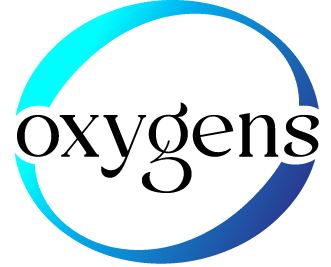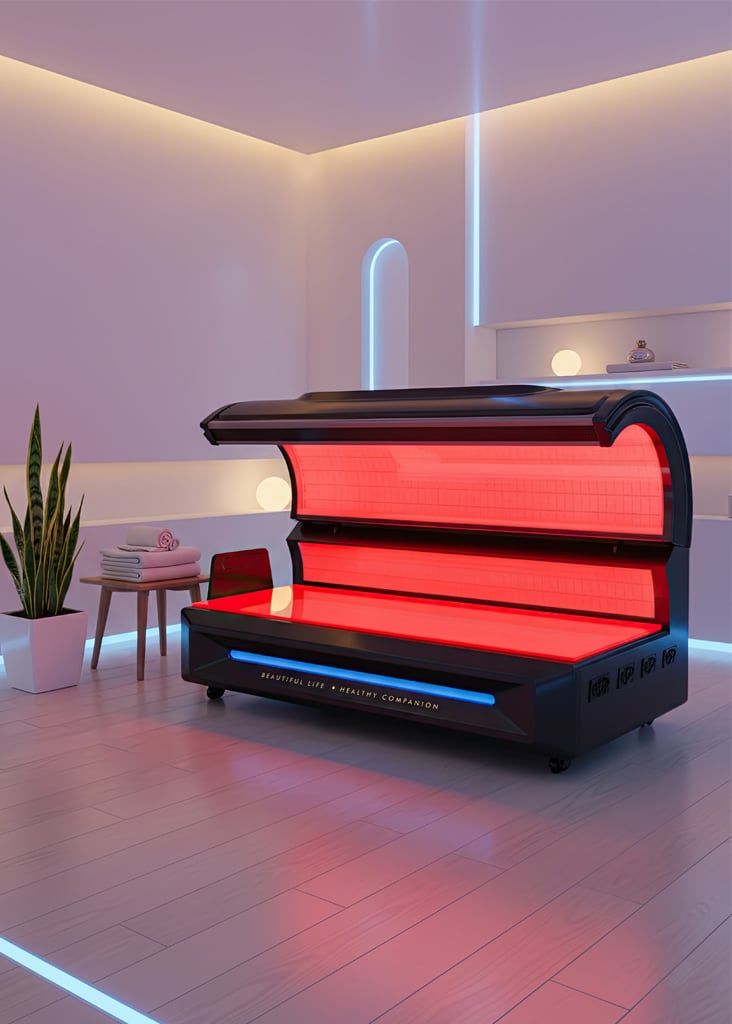Pairing mild hyperbaric oxygen therapy (mHBOT) with red light therapy (photobiomodulation, PBM) is a popular at-home combo. Here’s a customer-friendly guide to what each does, why some people like using them together, and a step-by-step way to do it safely.
This is general wellness guidance, not medical advice. Speak to your clinician if you have a condition or take regular medicines.
Why combine them?
-
mHBOT: gently increases the amount of dissolved oxygen in your blood, improving oxygen availability to tissues and mitochondria. Think “better fuel delivery.”
-
Red light (PBM): red/near-infrared light is absorbed by cellular photoacceptors (notably cytochrome-c oxidase), which can support mitochondrial ATP production and cell signalling and help calm oxidative stress—dose and device matter.
Together: there isn’t definitive clinical proof of “synergy” for every goal, but their mechanisms are complementary (oxygen availability + mitochondrial signalling). Many home users report smoother recovery and comfort when they combine them sensibly. Keep expectations realistic and prioritise safe use.
Safety first (quick checks)
-
HBOT essentials: never use with an untreated pneumothorax; discuss if you have significant lung/ear/sinus issues or recent surgery.
-
Red-light basics: use reputable LEDs in the red (~630–660 nm) and near-infrared (~810–850 nm) ranges; protect your eyes; follow device distances/times. UK MHRA guidance covers safe use of lasers/LEDs.
-
Do not put electrical red light PBM panels inside the chamber. Keep therapies separate in time and space for electrical and fire safety.
How to combine them (easy routine)
Frequency: aim for 3–5 mHBOT sessions/week and short re light PBM sessions on the same days or alternating days. Start low and build. (Clinical protocols vary by indication; at home, keep it conservative.)
Order options (choose what feels best):
-
Red light PBM → mHBOT: do PBM first, wait 15–30 minutes to cool the skin, then mHBOT.
-
mHBOT → Red light PBM: do your chamber session, rest 15–30 minutes, then PBM for target areas (e.g., neck, back, knees).
There’s no definitive “best” order; comfort and consistency matter most.
Red light PBM settings (typical consumer guidance):
-
Distance: keep the panel 4–6 inches (10–15 cm) from skin (per your device manual).
-
Time: ~10 minutes per area, goggles on, don’t look into the LEDs.
-
Photosensitivity check: patch-test your forearm for 3 minutes before first use; stop if you notice irritation. (General safety aligned with MHRA LED guidance.)
mHBOT tips (home soft chamber):
-
Use as instructed; keep the room well-ventilated and free of flames/aerosols; check zips/valves before each session.
-
If anything feels off (ear pain, congestion, chest symptoms), stop and speak to a clinician.
A sample week to get started
-
Mon / Wed / Fri: Red light PBM (10 min per target area) → 15–30 min break → mHBOT (your usual duration/pressure).
-
Sat (optional): Red light PBM only or mHBOT only.
-
Sun: Rest.
Track how you sleep and feel the next day. If you notice headaches, ear pressure, or wired sleep, reduce frequency, shorten sessions, or separate the two therapies to different days.
Good-to-know: what the science says (in plain English)
-
HBOT mechanism: raising ambient oxygen pressure increases dissolved plasma oxygen, improving tissue oxygenation—especially helpful where microcirculation is challenged.
-
Red light PBM mechanism: red/NIR light absorbed by mitochondrial enzymes can modulate ATP and cell signalling, with a strong safety record when devices are used correctly.
-
Evidence caveat: robust “combo” trials are limited; most evidence evaluates each therapy separately. Use sensible doses, and judge by how you feel.

